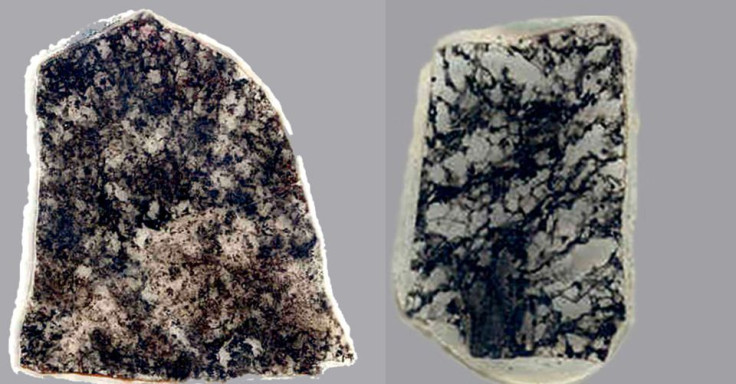These Centuries-Old Rocks Are The Oldest Traces Of Life On Earth [Photo]
KEY POINTS
- The 3.48 billion-year-old stromatolites from Western Australia are fossils of microbes
- Researchers found presence of dome structures, pillar-like palisade formation and small voids
- Rocks from Australia's Strelley Pools were considered the oldest fossils before
A set of rock formations from Western Australia may be the oldest known evidence of life on earth.
A team of researchers has found the fossils in Australia's Dresser Formation. After detailed analysis, researchers confirmed the 3.48 billion-year-old stromatolites are not some plain old rocks but are fossils of microbes, according to a study published in the journal Geology.
"Occurring within the stratigraphically lowermost sedimentary horizons of the Dresser Formation, these stromatolites are the oldest direct evidence for life on Earth," the researchers wrote in their paper.
These Mysterious Rocks Are The Oldest Evidence of Life on Earth, Scientists Say https://t.co/zBPvtXDmx0
— ScienceAlert (@ScienceAlert) November 14, 2022
The findings have great implications for our understanding of the origin of life not only on Earth but also on Mars.
"Their paleodepositional setting, polyextremophilic biology, and taphonomy make them ideal analog biosignatures for Mars, reflecting the type of morphological fossils one might expect to encounter in altered Noachian carbonates," the researchers said.
The conditions on the Dresser Formation – when it was a shallow lagoon – were similar to that of the Jezero crater on Mars. It is possible there was life on Mars during the same time, a Martian period known as the Noachian. The latest findings are significant as they could help scientists identify similar fossils on Mars.
It takes a trained eye to distinguish between ordinary rocks and fossils of microbes. For instance, scientists previously thought a set of 3.7 billion-year-old stromatolite-like layers in Greenland were the oldest fossils in the world. But it was later confirmed they were just ordinary rocks.
Fossils found in the Strelley Pools formation in Western Australia, which are 3.43 billion years old, are considered the oldest traces of life on Earth until now.
"If an archaeologist discovered the foundations of a ruined city, they would nonetheless know it was built by people because it would bear all the hallmarks of being built by people – doorways and roads and bricks," said paleontologist Keyron Hickman-Lewis, of the Natural History Museum in the UK, reported ScienceAlert. "In very much the same way, there are numerous structural elements integral to stromatolites that allow us to identify their processes of formation and decode their origins. We can almost be archaeologists in deep time."
Researchers found the presence of dome structures, pillar-like palisade formation and small voids – all hallmarks of a biological origin – in the newly discovered rocks.
In another discovery, two secret copies of a "fish-lizard" fossil, thought to be destroyed during Nazi bombings in London, resurfaced during a study earlier this year.
"The specimen was the first skeleton of an extinct marine reptile in the scientific literature and the most complete ichthyosaur skeleton known at the time," researchers said at the time.

© Copyright IBTimes 2024. All rights reserved.





















